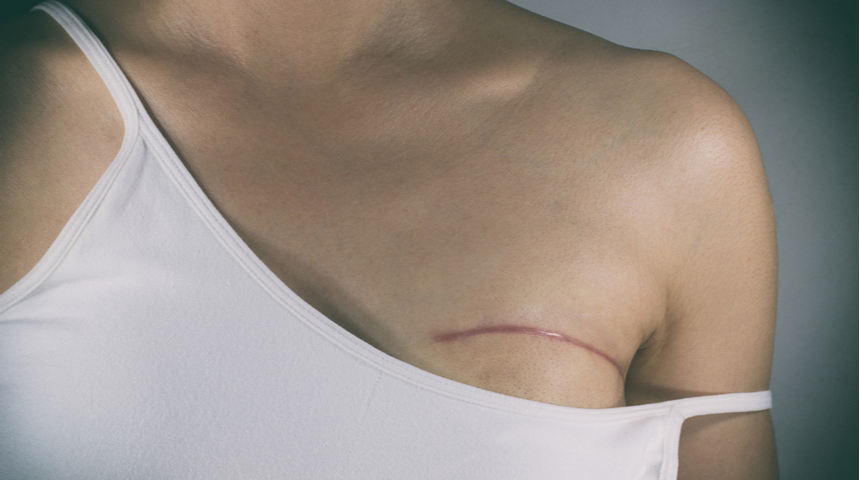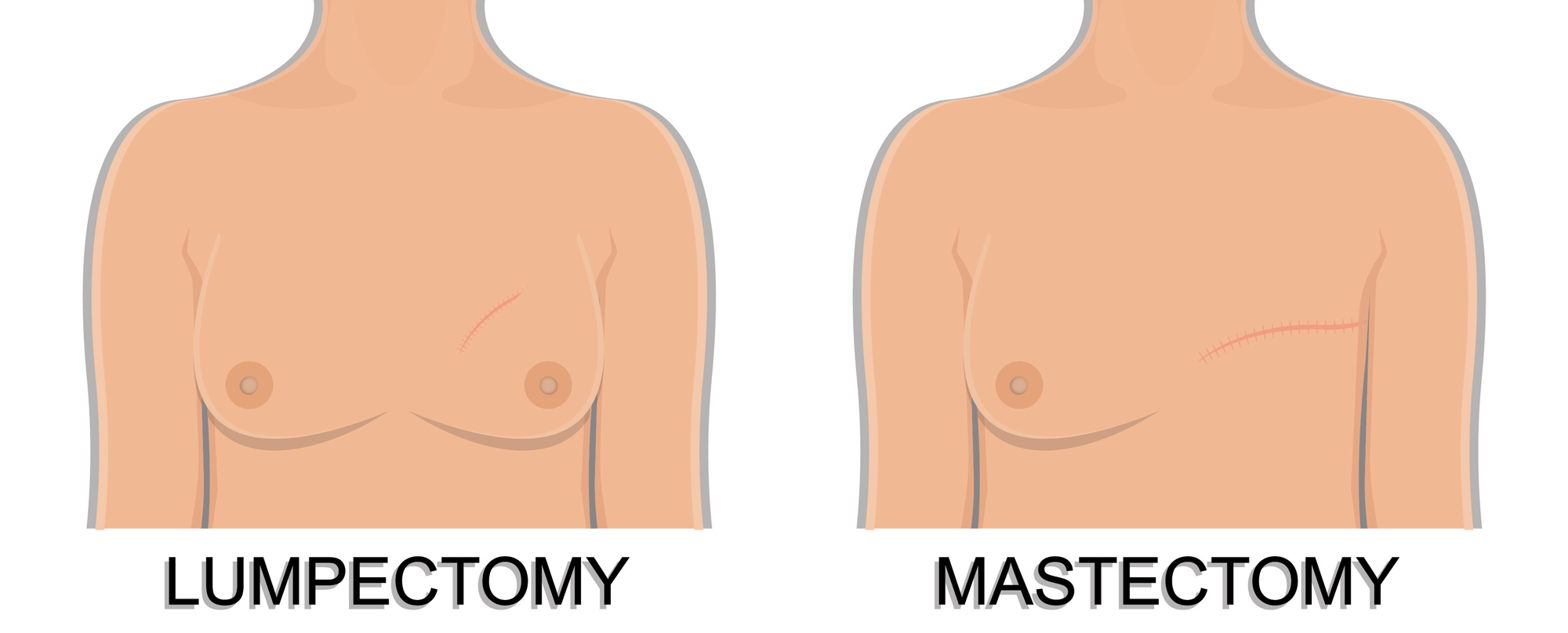
Breast Cancer Treatment: Breast-Conserving Surgery (Lumpectomy)
Being diagnosed with breast cancer is not a death sentence. As many medical technologies are now being developed, there are several available options to treat or prevent cancer from spreading. Choosing the appropriate treatment for you will depend on the stage of cancer and your body’s overall health. One possible way to treat breast cancer is breast-conserving surgery or lumpectomy.

Lumpectomy, or breast-conserving surgery, treats cancer by removing the breast tumor and some of the normal tissue that surrounds it. The procedure may also be referred to as biopsy, partial mastectomy, re-excision, quadrantectomy, or wedge resection.
Regardless of what term is used, all of them pertain to the removal of the breast tumor and some surrounding tissue. The amount of tissue to be removed varies depending on the condition; for example, a quadrantectomy eliminates a quarter of the breast tissue. Commonly, some healthy tissue and underarm lymph nodes are taken away during surgery. At the same time, the surgeon will leave as much healthy breast tissue as possible.
Breast-conserving surgery is a recommended procedure for women who are diagnosed with early-stage breast cancer. It is also ideal if the tumor is smaller than 5 cm (2 inches) or relatively small considering the size of the breast. The procedure can help remove specific noncancerous or precancerous breast abnormalities.
Preparation for Breast-Conserving Surgery
Undergoing breast-conserving surgery is a major decision. Have a consultation with your surgeon before the operation to make sure you understand the procedure and its possible risks. Be honest about any medications, vitamins, or supplements you are currently taking as it may interfere with the surgery.
During the consultation, the surgeon will give you specific instructions about presurgical restrictions. Some general preparations for lumpectomy include the following:
- Stop taking aspirin or other blood-thinning medication about 1 week or longer before the surgeryto reduce the risk of bleeding during the operation.
- Avoid eating or drinking 8 to 12 hours before the surgery, especially if the surgeon will use general anesthesia, as it can lead to vomiting, regurgitation, or other complications during surgery.
- Make sure to have someone with you. Lumpectomy is an outpatient procedure. It would be best if you had someone to drive you home and take care of you throughout recovery.
On the day of surgery, your surgeon will locate and mark the tumor, either through a mammogram or ultrasound. The surgeon or a nurse will then draw marks on the breast where the incision will be done.
After doing so, you will be taken into the anesthesia room, where an intravenous infusion (IV) line will be inserted into your hand. Soon after, you will be given relaxing medication, either a local anesthetic or general anesthesia.
Preparing for Lymph Node Removal
Lymph nodes are often removed during breast removal surgery to determine whether or not cancer has spread beyond the breast. There are two ways of doing so:
Axillary Node Dissection
Here, the surgeon removes a number of lymph nodes from your armpit on the side of the tumor. It is a recommended procedure if a lymph node biopsy, done before surgery and, shows signs of cancer.
Sentinel Lymph Node Biopsy
During this procedure, only the first one or two nodes, into which a tumor drains (sentinel nodes), are removed; these nodes are then tested for cancer. This procedure is recommended if there are no concerns about enlarged lymph nodes prior to your surgery.
A radioactive substance or blue dye or both is injected into the area around the tumor or the skin above the tumor before the surgery. This dye travels to the sentinel nodes, allowing your surgeon to identify and remove them.
If your surgeon does not see any presence of cancer, no further lymph nodes will be removed. However, if cancer is present, it is time to discuss with your surgeon about other options, such as receiving radiation to the armpit to treat the affected lymph node. If you decide to undergo this, removing more lymph nodes is no longer necessary.
Aftercare for Breast-Conserving Surgery
Some side effects of undergoing lumpectomy include bleeding, infection, swelling, and hardening scar tissue. However, all of these can be avoided through proper post-surgery care. To avoid any complication while recovery, do the following guidelines:
Rest
The operation will take a toll on your body, and it will leave you fatigued. Get as much rest as you can. Again, have someone by your side throughout to help in the house chores or child care. It will take a few days before you gain some of your strength back and continue your routine.
Take Pain Medication
After surgery, you will be feeling numbness and pain around the breast area. If needed, take the pain medication given by your doctor according to the instructions.
Care for Surgical Drain
Surgical drains are tubes placed near the incision to remove blood or other fluid that may accumulate in the body after the surgery. Usually, it is removed before you leave the hospital. However, in some cases, the drain stays until your first follow-up visit, around 1-2 weeks after surgery. Make sure to empty the fluid from the drain bulb a few times a day. You can take a shower as soon as the drains or sutures have been removed.
Exercise your Arm
In the morning, after your surgery, start exercising your arms to prevent arm and shoulder stiffness. Your surgeon will give instructions on what type of exercise fits you and how to do it. Some activities should not be done until the surgical drains are removed.
Wear a Good Bra
Wear a supportive bra from day to night to avoid movement in the breast, which can cause pain. Sleeping on the side that has not been operated is a more comfortable position, while the operated area should be supported by a pillow.
Treatment After Breast-Conserving Surgery
It is common for patients to have radiation therapy, 5 to 7 weeks after lumpectomy, to eliminate any remaining cancer cells in the breast tissue. Many women also undergo hormone therapy to lower the risk of cancer coming back.
In some cases, the patient still needs chemotherapy even after breast-conserving surgery. Radiation and hormone therapy are usually not done until chemotherapy is completed.
The operation can also cause changes in the appearance of your breast. Removing a large portion of the breast can result in asymmetrical size and shape. To fix this, you may opt to undergo breast reconstruction, as long it is approved by your surgeon.
